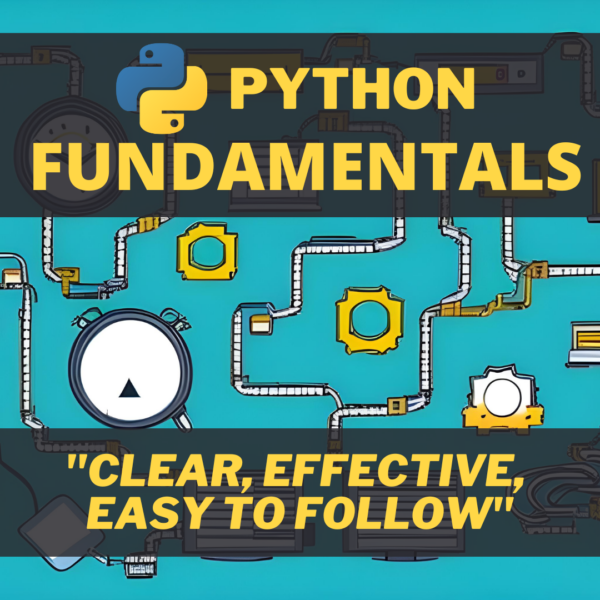Course Introduction

Welcome to this Python programming course for beginners. This is a ‘take you by the hand’ type of course. We’ll take it slow and step by step, and I’ll do my best not to skip any important steps. If I do, please let me know through the contact form, so I can improve the course for all those other learners that will follow in your footsteps.
About the course system
Before we begin, I’d like to offer a short explanation of how this course system works. You’ll notice that there are three important concepts in this course:
- Sections, which chop up the course into large, mostly related parts.
- Lessons explain a single concept. Lessons are often split into multiple topics to make them easier to grasp.
- Topics are the most specific kind of sections, they deal with a very specific subject.
- Quizzes test your knowledge.
Once you’re done with a topic, you should click on ‘Mark Complete.’ If you complete all the topics in a lesson, you can do the same for the lesson. Don’t worry, you can always go back. It only records for yourself and the course system that you finished these subjects.
One caveat to look out for is when you start a lesson with multiple topics. It will have a ‘mark complete’ button, but you probably don’t want to use it because it marks the entire lesson as complete while you haven’t taken a look at the topics yet. Instead, click the first topic in the lesson. The system will guide you through the rest of the topics from there on.
Now is a good time to click on the first topic and continue the course!
